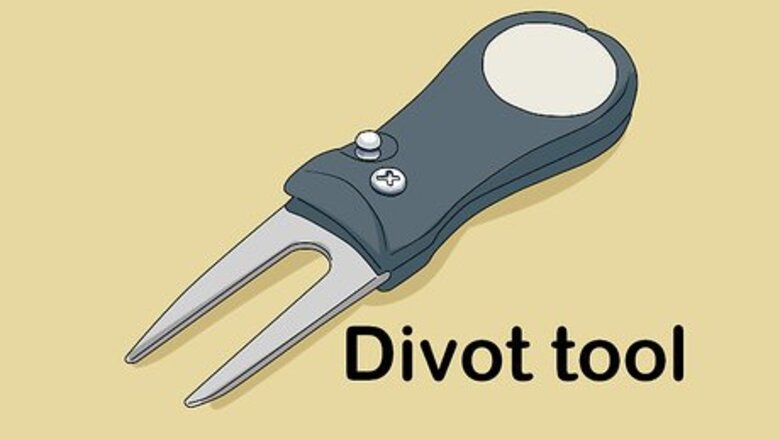
views
Repairing the Divot
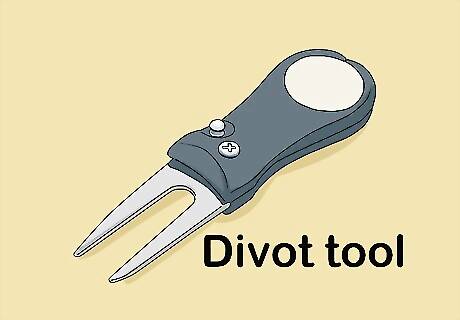
Get a ball mark repair tool. Ball mark repair tools (also called divot tools) usually have one or two pointy prongs and are made of plastic or metal. Buy a few from a sporting goods store or from the golf club. While you'll only need one, it's a good idea to have a few on hand if you lose one. If you don't have a ball mark repair tool, you can use a tee or a sharpened pencil.
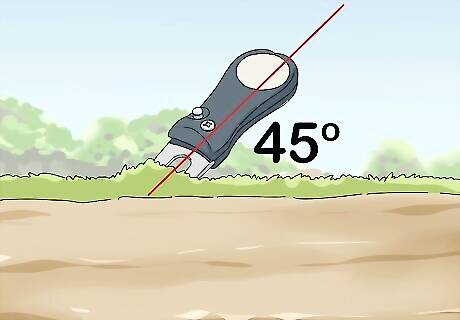
Insert the tool. You should see that the green behind the ball mark is slightly raised up. Insert the pointy end of the tool into this raised edge of the pitch mark. You should insert it at a 45 degree angle. Don't insert the tool into the area of the green that's been pushed down by the ball. This could damage the green.
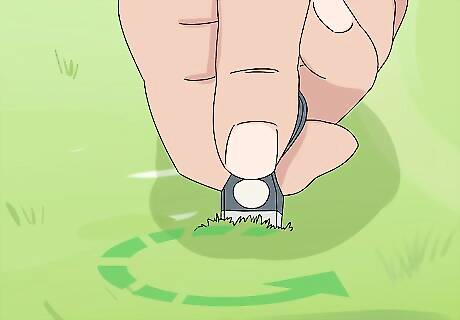
Move the tool along the ball mark. While holding the tool into the ground, bring it forward toward the pitch mark. The goal is to fill in the indentation by restoring the green. Go around the sides of the pitch mark. The green should look level after you've used the tool. Avoid pulling up on the tool, bringing the green to the top of the indentation. This will damage the roots and take longer to repair.
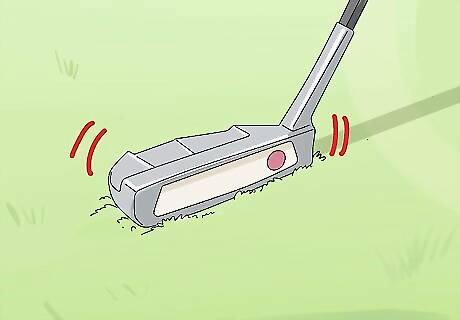
Tap the green. Once you've filled out the divot using the tool, take your putter and lightly tap over the mark. Avoid pushing down hard since this could damage the green. The green should be even. You can lightly step on the mark with your foot. But, if it's close to the hole, avoid stepping on it with your shoes since you could leave marks.
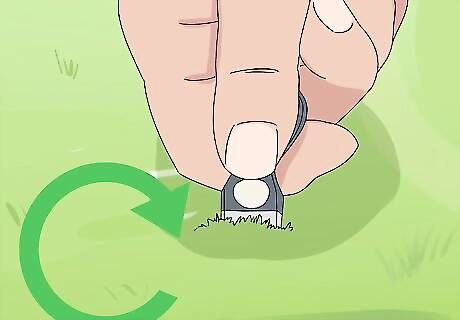
Repair other divots. While you should always repair your own divots, you can help other golfers and golf club maintenance by fixing any unrepaired ball marks left by other golfers. Many clubs recommend repairing two ball marks for each ball mark you make.
Reducing the Likelihood of Divots
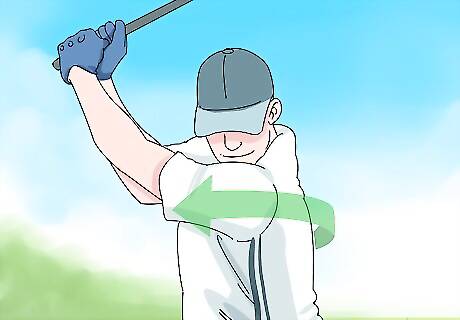
Turn your shoulders when you swing. If you have a steep swing and turn your entire body, you'll probably end up with a fat shot. Fat shots make contact with the ground before hitting the ball, creating divots. To prevent this, turn your shoulders while you swing instead of tilting them. Keep your body upright when you swing so your shoulders aren't pulled back.
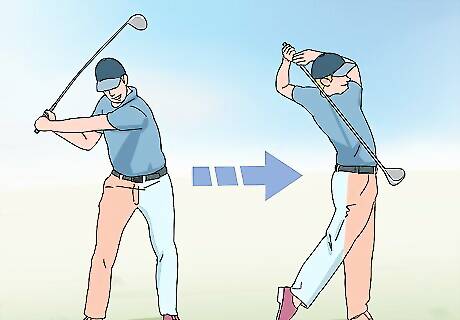
Transfer your weight to the other leg. If you place most of your weight on your right leg when you take the swing, the imbalance can cause a fat shot and divot. Instead, shift your weight from your right to your left leg on the downswing. Don't simply put all your weight on the heels of your feet. Your weight should be balanced between the heels and balls of your foot.
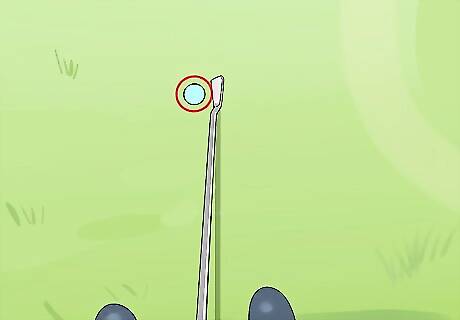
Watch the ball. Watching the fairway instead of the ball can cause you to misjudge the distance between you and the ball. Keep your eye on the ball and make sure the ball isn't too close to the front of your foot which can cause fat shots. Make sure you're using the right club for the shot. It's better to take your time and gradually move it down the fairway, than try to drive it quickly using incorrect clubs.
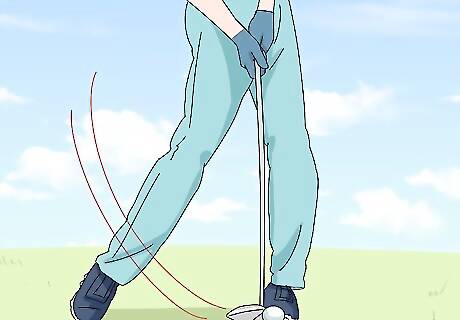
Wait to release the swing. Releasing too early will make your wrist angle incorrectly so that you hit the ground before making contact with the ball. Keep your wrists in position and follow through with the swing before releasing. You should feel like your hands have swung beyond the ball before you actually feel your club hitting the ball.











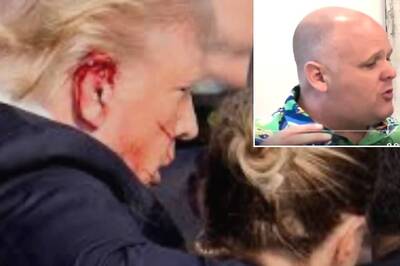







Comments
0 comment